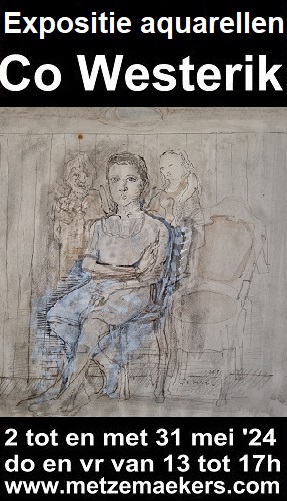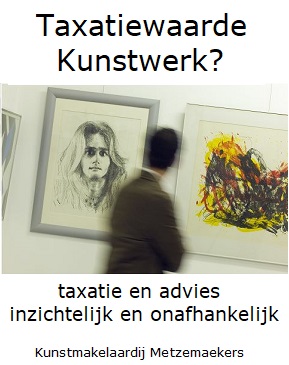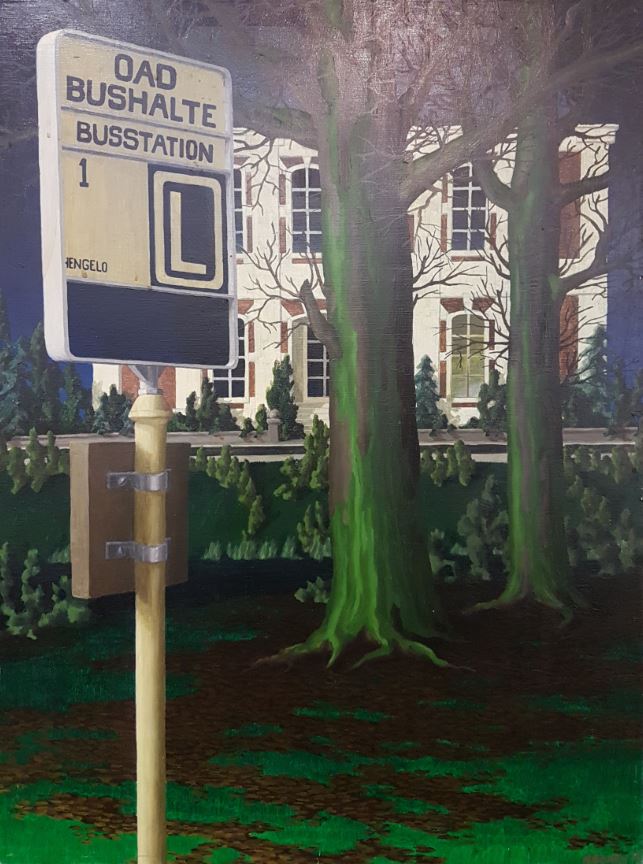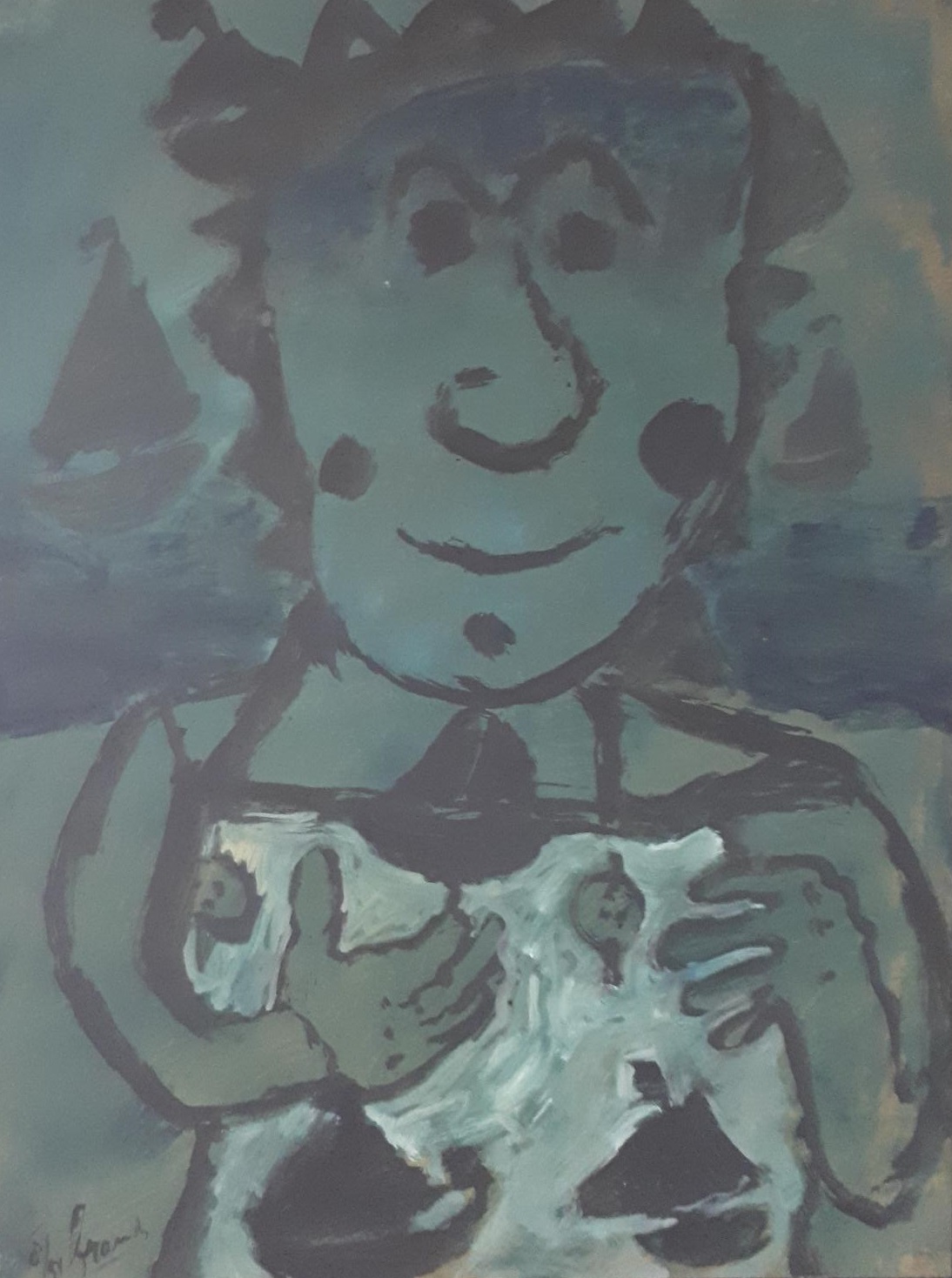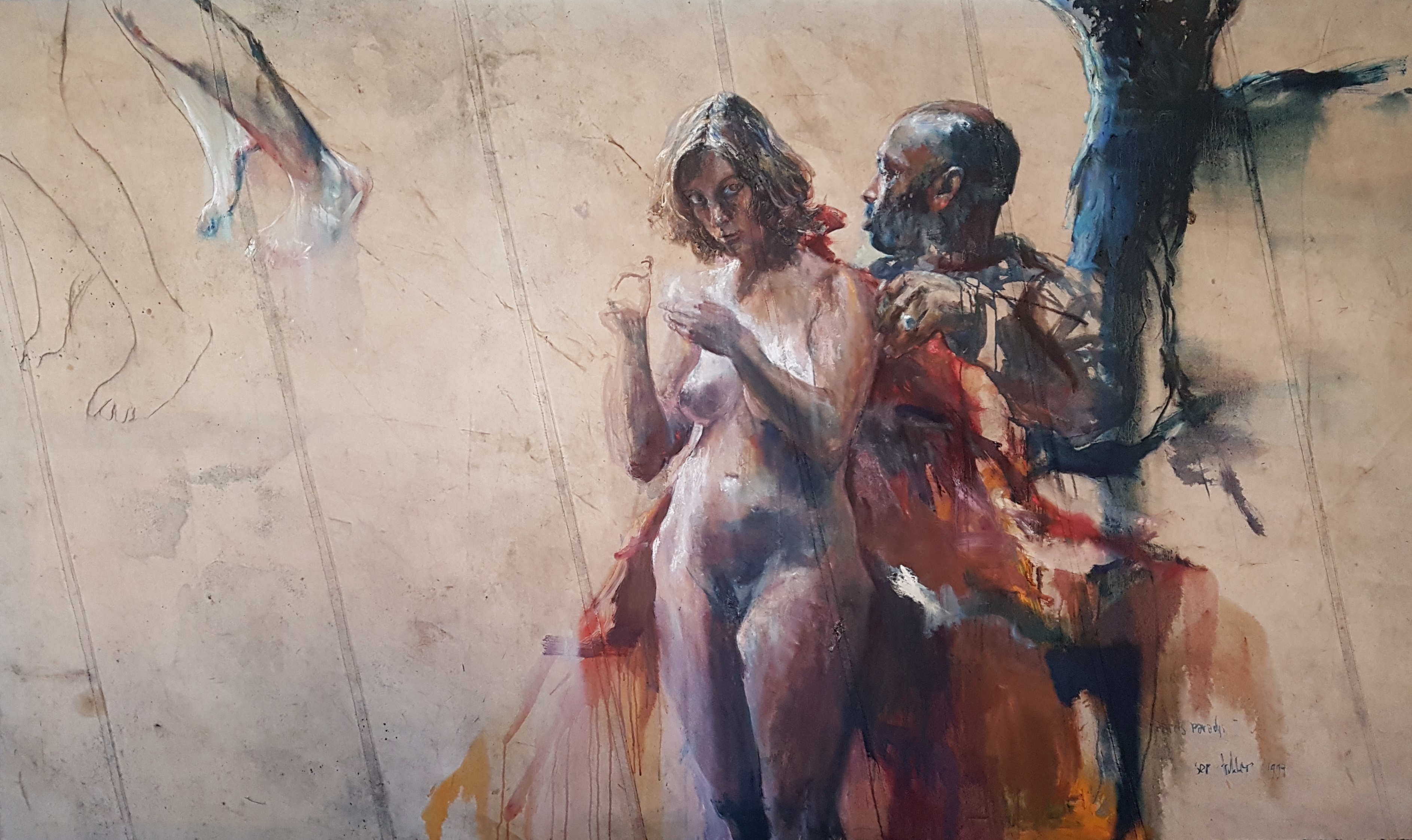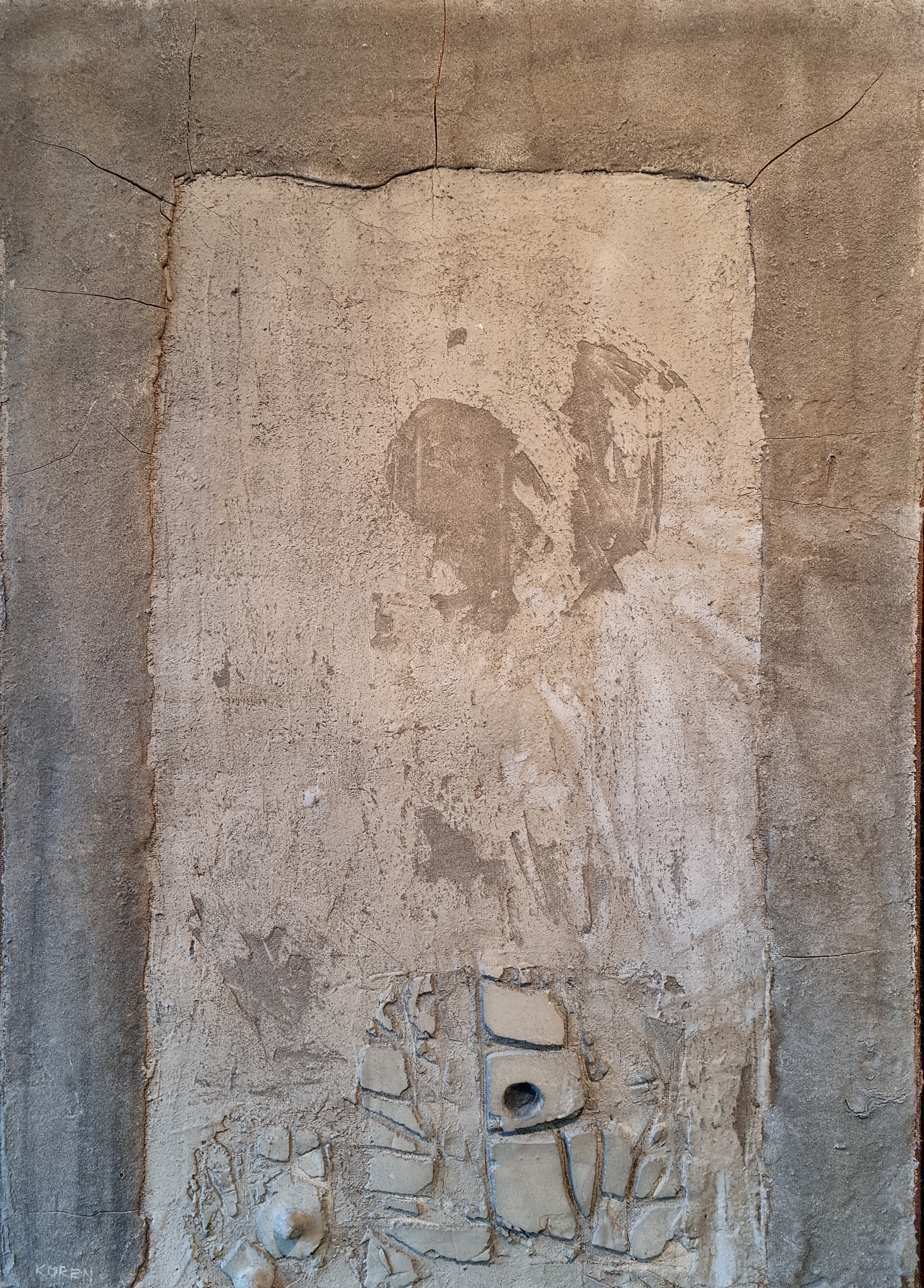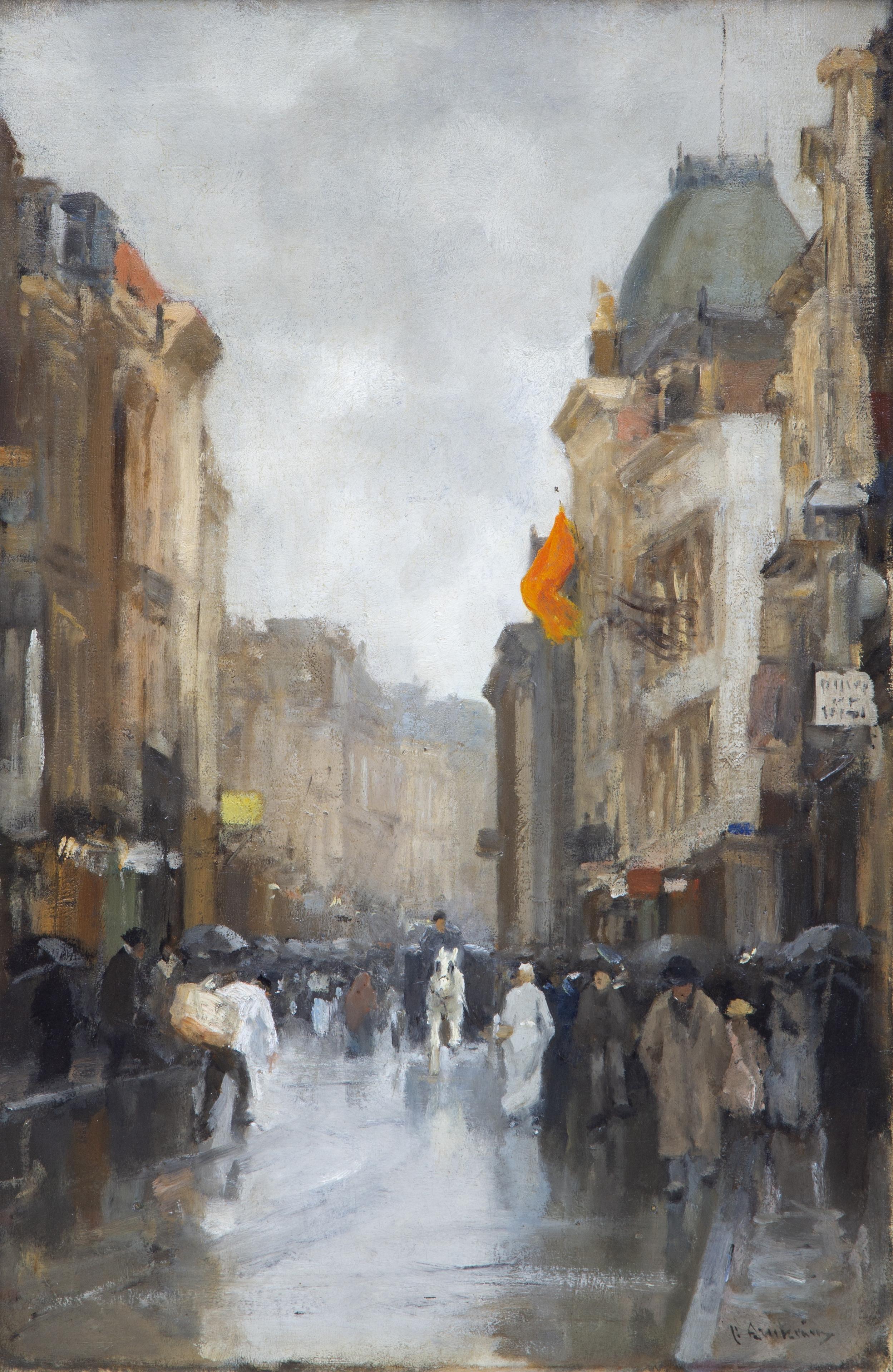
Beschrijving
Signed 'Fl. Arntzenius' (lower right).
Literature: Pieter A. Scheen, 'Lexicon Nederlandse Beeldende Kunstenaars 1750-1880', The Hague 1981, ill. no. 745, as: 'De Wagenstraat in Den Haag'.
Provenance: With Kunsthandel Pieter A. Scheen, The Hague.
Floris Arntzenius was born in Surabaya on the island of Java. At the age of 12, he was sent to the Netherlands to complete his education. Instead of choosing the agricultural college in Wageningen as his father desired, he went to the Academy of Beeldende Kunsten in Amsterdam. After a formal training and an additional year at the Academy of Antwerp, Arntzenius moved to Amsterdam, the artistic centre of the Netherlands. At the Rijksacademie, Arntzenius worked among painters such as Willem Witsen (1860-1923), Isaac Israels (1865-1934) and George Hendrik Breitner (1857-1923), whom he all admired for their impressionistic style.
Like the The Hague School painters, Arntzenius was a master in capturing light and atmosphere. Initially, he painted landscapes, interiors and still lifes. Over time, he increasingly preferred painting the busy city streets of The Hague, rather than the traditional Dutch landscapes; the genre that the older generation of The Hague School had preferred. With his views of The Hague, Arntzenius made a name for himself and soon became a representative of the younger generation of the The Hague School.
In 1892, following the death of his father, Arntzenius moved to The Hague, where he further developed his mastery of city scenes. Arntzenius’ paintings reflect the sophisticated atmosphere of The Hague around the turn of the century. He worked outside and made sketches and studies of various streets in The Hague, by which he earned the nickname: ‘Straatjesschilder’. He repeatedly portrayed the same streets: Spuistraat, Venestraat and Wagenstraat. Arguably, because they were some of the very few asphalted streets of The Hague around 1900.
Weather and most precisely ‘bad weather’ played an important role in Artzenius’ oeuvre as most of his paintings depict busy streets in rain or mist. In the present lot, Arntzenius represents the busy shopping street of Wagenstraat, The Hague, on a greyish, rainy day. The Dutch painter remarkably renders to canvas the elegant figures hurrying past shop windows reflected in the glistening, shiny asphalt. With his spontaneous style, Arntzenius captured the representatives of various walks of life: ladies taking a stroll, the carriage coming or the butcher’s assistant crossing. Despite its grey tonality, the work remains luminous with a few hits of light; for example, on the butcher’s blouse, the horse's coat colour or the facade on the right corner. Also, the hints of colour with the yellow signboard and the prominent orange flag gently waving in the wind contrast with the main hue of the canvas, and definitely participate to the dynamism of the composition.
A butcher's boy in the Wagenstraat with the Scala theatre in The Hague is a great example of how Arntzenius captures the light and atmosphere of a rainy day. The variety of figures, the dynamic representation of the facades, all take part in creating, on the one hand, a beautifully balanced composition and, on the other hand, a true impression of modern urban life. With this painting, Arntzenius marvelously depicts a scene of bustling city life and shows himself as a true master of The Hague city views. A Distinguished Collection: lots 46-84.
A butcher boy in the Wagenstraat with the Scala theatre in The Hague
Arntzenius, Floris
(Soerabaja, 1864
-
Den Haag,
1925)
Details
- Databanknummer:
- 84937
- Lotnummer:
- -
- Advertentietype
- Archief
- Instelling:
- Venduehuis Den Haag
- Veilingdatum:
- -
- Veilingnummer:
- -
- Stad
- -
- Limietprijs
- -
- Aankoopprijs
- -
- Verkoopprijs
- -
- Hamerprijs
- -
- Status
- Verkocht
Technische details
- Kunstvorm:
- Schilder- en Tekenkunst
- Technieken:
- Olieverf
- Dragers:
- Doek
- Lengte:
- 61.5 cm
- Breedte:
- 39.5 cm
- Hoogte:
- -
- Oplage:
- -
Beschrijving
Signed 'Fl. Arntzenius' (lower right).
Literature: Pieter A. Scheen, 'Lexicon Nederlandse Beeldende Kunstenaars 1750-1880', The Hague 1981, ill. no. 745, as: 'De Wagenstraat in Den Haag'.
Provenance: With Kunsthandel Pieter A. Scheen, The Hague.
Floris Arntzenius was born in Surabaya on the island of Java. At the age of 12, he was sent to the Netherlands to complete his education. Instead of choosing the agricultural college in Wageningen as his father desired, he went to the Academy of Beeldende Kunsten in Amsterdam. After a formal training and an additional year at the Academy of Antwerp, Arntzenius moved to Amsterdam, the artistic centre of the Netherlands. At the Rijksacademie, Arntzenius worked among painters such as Willem Witsen (1860-1923), Isaac Israels (1865-1934) and George Hendrik Breitner (1857-1923), whom he all admired for their impressionistic style.
Like the The Hague School painters, Arntzenius was a master in capturing light and atmosphere. Initially, he painted landscapes, interiors and still lifes. Over time, he increasingly preferred painting the busy city streets of The Hague, rather than the traditional Dutch landscapes; the genre that the older generation of The Hague School had preferred. With his views of The Hague, Arntzenius made a name for himself and soon became a representative of the younger generation of the The Hague School.
In 1892, following the death of his father, Arntzenius moved to The Hague, where he further developed his mastery of city scenes. Arntzenius’ paintings reflect the sophisticated atmosphere of The Hague around the turn of the century. He worked outside and made sketches and studies of various streets in The Hague, by which he earned the nickname: ‘Straatjesschilder’. He repeatedly portrayed the same streets: Spuistraat, Venestraat and Wagenstraat. Arguably, because they were some of the very few asphalted streets of The Hague around 1900.
Weather and most precisely ‘bad weather’ played an important role in Artzenius’ oeuvre as most of his paintings depict busy streets in rain or mist. In the present lot, Arntzenius represents the busy shopping street of Wagenstraat, The Hague, on a greyish, rainy day. The Dutch painter remarkably renders to canvas the elegant figures hurrying past shop windows reflected in the glistening, shiny asphalt. With his spontaneous style, Arntzenius captured the representatives of various walks of life: ladies taking a stroll, the carriage coming or the butcher’s assistant crossing. Despite its grey tonality, the work remains luminous with a few hits of light; for example, on the butcher’s blouse, the horse's coat colour or the facade on the right corner. Also, the hints of colour with the yellow signboard and the prominent orange flag gently waving in the wind contrast with the main hue of the canvas, and definitely participate to the dynamism of the composition.
A butcher's boy in the Wagenstraat with the Scala theatre in The Hague is a great example of how Arntzenius captures the light and atmosphere of a rainy day. The variety of figures, the dynamic representation of the facades, all take part in creating, on the one hand, a beautifully balanced composition and, on the other hand, a true impression of modern urban life. With this painting, Arntzenius marvelously depicts a scene of bustling city life and shows himself as a true master of The Hague city views. A Distinguished Collection: lots 46-84.
Aangeboden kunst
Een selectie uit ons kunstaanbod
